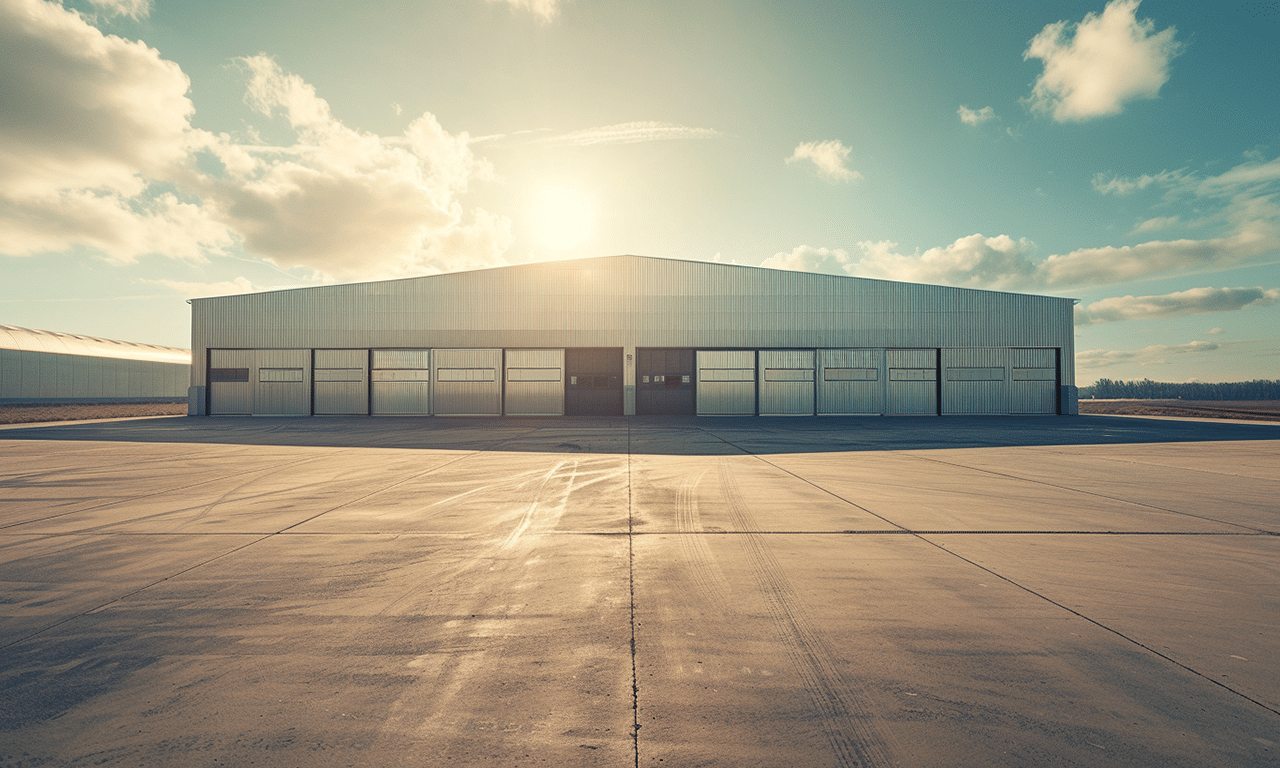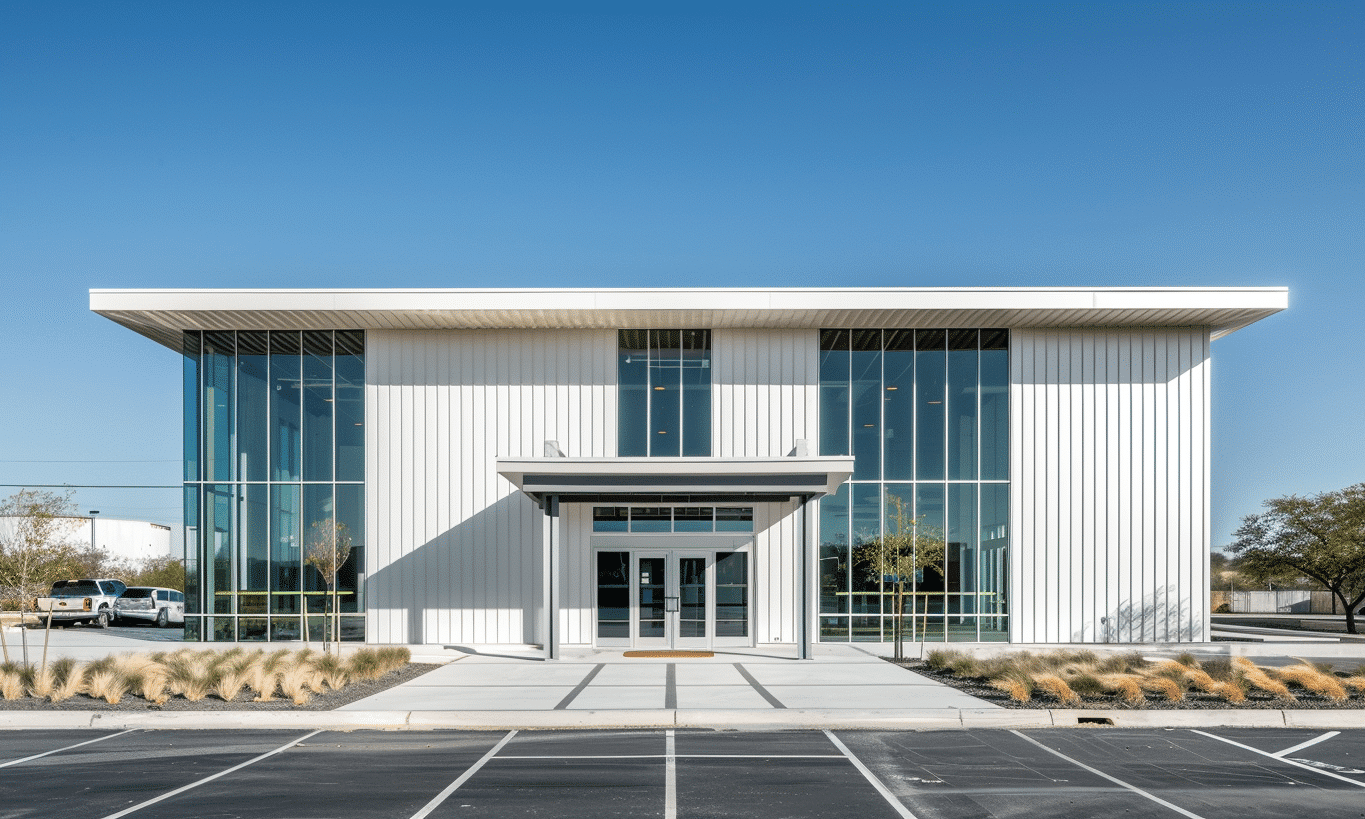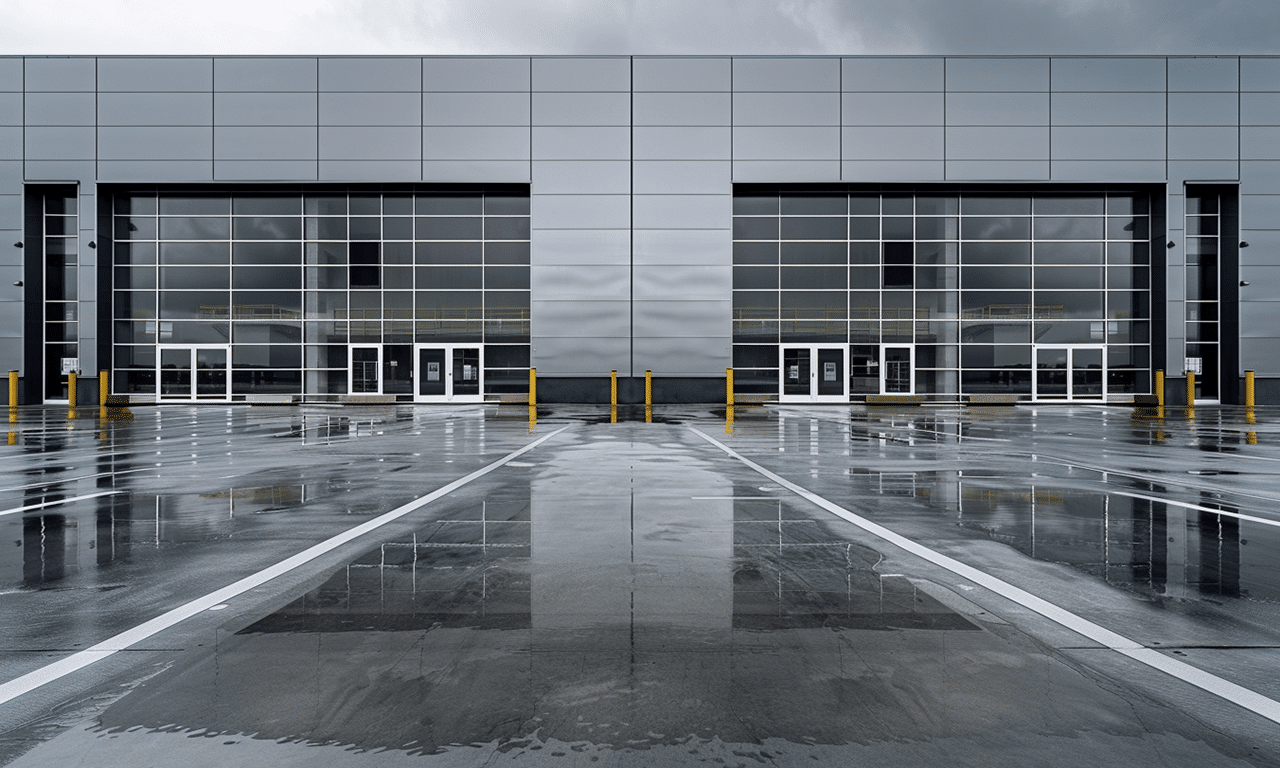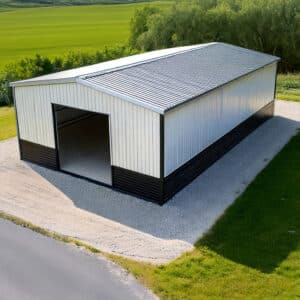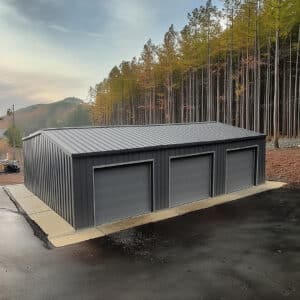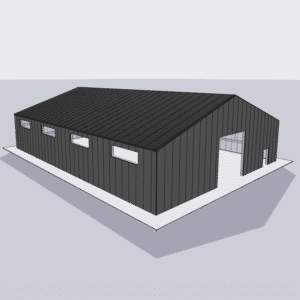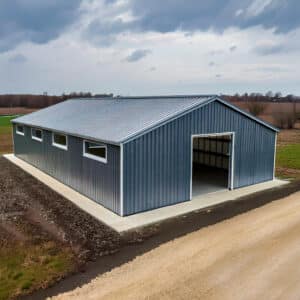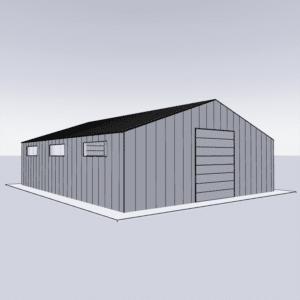Industrial Cold Storage Buildings & Refrigerated Facilities
Affordable and Flexible Solutions
On this page
Why Cold Storage Buildings Are Crucial
Gallery
Engineering Excellence: The Backbone of Refrigerated Facilities
Building Kits
Regulatory Considerations: Meeting the Standards
The Future of Cold Storage Buildings
Building Estimate

Why Cold Storage Buildings Are Crucial
At the heart of these buildings lies an intricate system of refrigeration that works tirelessly, akin to a heart pumping life into a body. Each section of an industrial cold storage facility is tailored for its specific use, whether it’s for freezing, chilling, or simply maintaining a cool environment. This precision ensures minimal energy wastage and optimal preservation conditions.
Engineering Excellence: The Backbone of Refrigerated Facilities
For those considering Industrial Steel Buildings, the benefits extend beyond mere robustness. Steel allows for expansive, open interiors which are essential for accommodating large volumes of goods and facilitating easy maneuverability of forklifts and other machinery.
Moreover, the integration of advanced Metal Building Insulation ensures that the internal temperature remains stable. This insulation is the thermal blanket that wraps around the storage, reducing energy consumption and maintaining consistent temperatures.
-
30×50 Metal Building MB212305014W0 Deposit
$18,000.00 Add to cart -
30×50 Garage Package Deposit
$8,500.00 Add to cart -
30×30 Garage Package Deposit
$8,500.00 Add to cart -
20×40 Garage Package Deposit
$5,500.00 Add to cart -
60×80 Steel Building Kit Deposit
$20,000.00 Add to cart -
50×100 Steel Building Kit Deposit
$20,000.00 Add to cart -
50×80 Steel Building Kit Deposit
$20,000.00 Add to cart -
50×60 Steel Building Kit Deposit
$20,000.00 Add to cart
Regulatory Considerations: Meeting the Standards
Meeting these guidelines isn’t merely about compliance but about ensuring consumer safety. Companies investing in these buildings must collaborate with experts who understand both the engineering and regulatory landscapes, ensuring that their facilities not only meet but exceed expectations.
Applications Beyond Food Storage
While cold storage buildings are often associated with food preservation, their applications extend far beyond. The pharmaceutical industry, for instance, relies heavily on refrigerated facilities to store critical medicines and vaccines. These products often require ultra-low temperatures, with some vaccines needing storage at temperatures as low as -70 degrees Celsius.
Similarly, the floral industry utilizes these facilities to keep flowers fresh from the moment they’re harvested until they reach the consumer. Even the cosmetics industry is increasingly turning to cold storage solutions for products that require temperature-controlled environments to maintain efficacy.
For industries involved in energy production, Industrial Energy Facility Buildings also share similarities in design, emphasizing the need for precision in temperature control and energy efficiency.

Describe Your Project
Share your project details, and we’ll assign you an expert to provide tailored advice and guide you through the next steps.
Step 02

Get a Tailored Quote
Based on your project requirements, we’ll provide a customized quote that includes design, materials, and any additional services you may need.

Questions - Approvals
Review the project plan and design we propose. Once you approve, we’ll finalize the timeline and prepare everything to start the process.

Start Building
Our skilled professionals will begin the construction process, delivering high-quality workmanship and keeping you informed every step of the way.
FAQ’s
Do I need a building permit for a metal carport in Canada?
Yes, building permits are often required for installing a carport. Since regulations vary across provinces and municipalities, it’s best to check with your local building authority to ensure you meet all zoning and construction requirements.
What materials are commonly used in metal carports?
Metal carports are usually made from galvanized steel, which provides excellent durability and weather resistance. The frames often use 14-gauge or 12-gauge steel, while the roofs are constructed with heavy-duty metal panels designed to withstand Canadian winters.

How should I prepare my site for carport installation?
Before installation, make sure the ground is level and free from debris. For uneven terrain, consider hiring a professional to grade the area. Additionally, mark any underground utilities to avoid damage during the installation process.
Why choose a metal carport over other materials like wood?
Metal carports are more durable, low-maintenance, and cost-effective than wood. They resist fire, pests, and rot while standing up better to Canada’s extreme weather conditions, such as heavy snow and high winds.
Can I upgrade my carport to a fully enclosed garage later?
Yes, many metal carports can be customized or upgraded into enclosed structures. Discuss your long-term plans with the manufacturer or installer to ensure your initial design supports future modifications.
The Future of Cold Storage Buildings
Industrial cold storage buildings are more than mere warehouses; they are dynamic systems integral to modern supply chains. As industries continue to evolve, the demand for these facilities will only increase. Whether it’s accommodating the rapid growth of perishable goods shipping or meeting the stringent standards of pharmaceutical storage, cold storage buildings will remain at the forefront of technological advancements.
The future promises even greater integration with smart technologies and sustainable practices, ensuring that these facilities not only meet current demands but also set a benchmark for future innovations. For industries seeking to stay ahead, investing in robust and efficient cold storage solutions is not just an option but a necessity.
In conclusion, as we continue to rely on global supply chains, the role of cold storage buildings will become even more pivotal. These structures ensure that products reach consumers safely, maintaining quality and integrity. For businesses, understanding and investing in this critical infrastructure can be the difference between staying ahead or falling behind in a competitive market. Embrace the future of refrigerated facilities and make your mark in the industry.
Where To Start?
Get a quick estimate or discuss your vision with our experts, we're here to guide you every step of the way towards your ideal solution.




